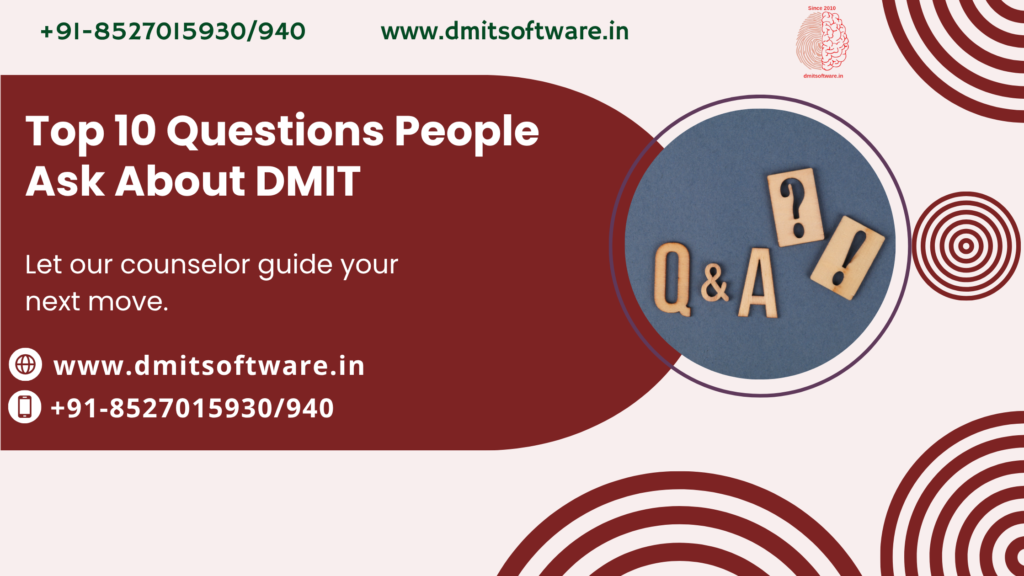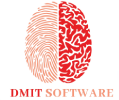Top 10 Questions People Ask About DMIT

Are you curious about the Dermatoglyphics Multiple Intelligence Test (DMIT) and its potential to unlock unique insights about yourself or your child? DMIT has gained popularity as a tool for better understanding individual potential, creating tailored learning strategies, and even aiding career decisions. However, you might have questions that are holding you back from exploring this fascinating tool.
This post tackles the top 10 questions people frequently ask about DMIT, giving you the clarity you need to fully understand its benefits, process, and applications. Read on to discover if DMIT could be the right step for you or your loved ones.
What Exactly is DMIT, and How Does it Work?
DMIT stands for Dermatoglyphics Multiple Intelligence Test. It’s a scientific method that analyzes the patterns of ridges on your fingerprints to identify innate talents, intelligence, and behavioral traits.
The science behind DMIT lies in dermatoglyphics, which studies the ridges and lines on our fingers, palms, toes, and soles. Research has shown that these patterns form during early fetal development and are linked to genetic and neurological factors. DMIT uses these unique patterns to evaluate multiple intelligences as per Howard Gardner’s theory, which includes logical-mathematical intelligence, linguistic intelligence, kinesthetic intelligence, and more.
The process is simple:
- Fingerprints are scanned and analyzed using advanced software.
- The resulting report organizes insights into the individual’s strengths, learning styles, and areas requiring improvement.
It’s often used to guide personal development, parenting strategies, and education plans.
What Age is Most Appropriate for DMIT?
DMIT can be conducted at any age, but it is especially impactful for children and teenagers.
- Children aged 3–12 benefit as parents can identify their learning styles and natural strengths early on, enabling customized academic and extracurricular activities.
- Teenagers aged 13–20 can use DMIT insights for career planning and setting realistic educational goals.
- Adults and professionals benefit from DMIT as it helps fine-tune skills, align career paths, or improve interpersonal relationships.
The earlier the test is done, the more time there is to utilize its insights effectively.
How Accurate Are DMIT Results?
One of the most common questions about DMIT is whether the results are reliable. While DMIT is based on dermatoglyphics, which has decades of scientific research backing its principles, the accuracy largely depends on the expertise of the provider and the quality of their analysis.
- Accuracy Rate: Reputed providers claim an accuracy rate of about 85–90%.
- Factors Influencing Accuracy: The scanning process, analysis software, and the professionals interpreting the data can all impact how precise the results are.
While DMIT offers valuable insights, it’s important to combine its findings with other sources of information (e.g., personal experience, academic reports) for decision-making.
What Kind of Information Can DMIT Provide?
The DMIT report is a comprehensive guide to understanding individual potential and includes details such as:
- Learning Style: Visual, auditory, or kinesthetic preferences.
- Multiple Intelligences: Rankings across various intelligence categories, including logical-mathematical, linguistic, interpersonal, and more.
- Personality Type: Insights into behavior, strengths, and weaknesses.
- Brain Dominance: Left-brain vs. right-brain dominance.
- Career and Talent Guidance: Recommendations suited to natural abilities.
For example, if a child scores high in linguistic intelligence and interpersonal intelligence, they might excel in careers such as teaching, writing, or public relations.
Can DMIT Help with Career Planning?
Absolutely. DMIT can steer individuals toward careers that align with their natural skills and interests.
- For students uncertain about their career path, DMIT provides clarity by pinpointing strengths and potential areas of growth.
- For professionals considering a career change, DMIT helps identify transferable skills and alternate paths.
Example Career Guidance from DMIT Report
| Strengths Identified | Suggested Career Path |
|---|---|
| Logical-Mathematical Intelligence | Engineering, Data Analysis, Research |
| Linguistic Intelligence | Writing, Editing, Public Speaking |
| Kinesthetic Intelligence | Sports, Physical Therapy, Dance |
Is DMIT a Scientifically Proven Method?
DMIT is based on the principles of dermatoglyphics, a long-standing field of scientific study. Several studies have explored links between fingerprint patterns, brain development, and cognitive abilities.
However, DMIT is not a diagnostic tool or a guaranteed predictor of success. It provides insights based on inherent traits and tendencies, but how one acts on these insights will ultimately determine their outcomes.
How Does DMIT Compare to Traditional Aptitude Tests?
DMIT and traditional aptitude tests serve different purposes, though both aim to uncover potential.
- DMIT is more focused on innate traits and behavioral tendencies. It uses fingerprints and assesses natural intelligence without requiring active participation in a test.
- Aptitude Tests evaluate learned skills (e.g., solving puzzles, completing tasks) within a timed setting.
Together, they can offer holistic insights into an individual’s abilities and potential.
Can DMIT Identify Learning Disabilities?
While DMIT is not a diagnostic tool for learning disabilities, it can help identify potential challenges. By highlighting learning preferences and areas for development, it provides indicators that parents and educators can explore further with specialists.
For instance:
- If a child scores very low in certain intelligences, it might point toward underlying challenges, prompting further evaluation.
- DMIT can help parents adopt better teaching methods tailored to their child’s needs.
What Should I Look for in a DMIT Provider?
Choosing the right DMIT provider is crucial for the accuracy and usefulness of results. Look out for:
- Reputation: Check reviews and testimonials to gauge customer satisfaction.
- Experience: Opt for providers with highly trained professionals and years in the field.
- Technology: Ensure they use advanced, accurate scanning and analysis tools.
- Support Offered: Look for follow-up resources, counseling, or guidance after receiving your report.
How Much Does DMIT Cost, and Is it Worth the Investment?
The cost of a DMIT test typically ranges from $100–$300 depending on the provider. While this may seem like a significant investment, consider its long-term benefits:
- Tailored educational plans.
- Clearer career direction.
- Better understanding of strengths and areas needing improvement.
When applied effectively, the value far outweighs the cost.
Unlock Potential with DMIT Today
DMIT is a powerful tool to understand yourself or your child better, offering valuable insights that can shape educational and career journeys. While it’s not a one-size-fits-all solution, it complements traditional methods and provides unique perspectives on potential and growth.
When exploring DMIT, remember to choose a reliable provider and use it as a guide rather than an absolute predictor. The right blend of knowledge, effort, and opportunity makes all the difference.
Curious about DMIT? Take the first step and consult an expert today to see what this fascinating test can reveal about you!
